 MIAMI — Mo Tarafa stood before students at a small, outdoor concrete auditorium at Florida International University and called for volunteers to sit in the 10 chairs before her. Each chair, she said, represented 10 percent of the wealth in the United States and 10 percent of the population.
MIAMI — Mo Tarafa stood before students at a small, outdoor concrete auditorium at Florida International University and called for volunteers to sit in the 10 chairs before her. Each chair, she said, represented 10 percent of the wealth in the United States and 10 percent of the population.
The students, mostly in their 20s and wearing jeans and T-shirts on a balmy autumn Thursday afternoon in Miami, took their places. Then Tarafa asked nine of the students to squeeze together into five of the chairs. This, she said, was the distribution of wealth in 1996.
Next she asked nine students to fit into three of the chairs. This, she said, is the distribution of wealth today.
“How are you all feeling right now?” she asked.
“Uncomfortable,” said one of the students piled up on one another.
The exercise was part of a teach-in that took place recently at FIU and dozens of other campuses across the country in solidarity with Occupy Wall Street. As the protests have grown to cities across the United States, they've also taken root at U.S. universities, where students have staged rallies and walkouts from classes. On Nov. 17, students were among the thousands who took part in protests across the country.
At the University of California, Davis, on Friday, multiple videos posted by witnesses showed a police officer directly pepper-spraying a group of protesters sitting passively on the ground with their arms interlocked. Police have said the protesters
were warned repeatedly beforehand that force would be used if they did not move.
Across the country, the students' concerns include the rising costs of tuition, seemingly insurmountable student debt and weak job prospects. These are issues unique to them but which student organizers see as directly connected to the larger issues being raised by the Occupy protests against economic inequality.
“I love my education. I think it was completely valuable; however, I feel I'm not using it on a daily basis,” said Natalia Abrams, 31, a recent University of California at Los Angeles graduate who has been helping organize students through Occupy Colleges, a loose coalition of universities across the country. “We didn't go back to school to have $20,000 in debt to work at Starbucks.”
Whether the protests mark a rejuvenation of student activism in the United States is yet to be seen but already some important distinctions are being made from their involvement in politics and society over the last few decades. In the 1960s, students held sit-ins to protest racial segregation and marched against the Vietnam War. But, since then, activism on campus has tended to focus on specific issues, like rape awareness, anti-sweatshop campaigns and equality for gays and lesbians, says Robert Self, a history professor at Brown University.
“There hasn't for a long time been a single issue like the civil rights or the war in Vietnam that brings a whole generation together,” Self said.
Students at more than 120 universities have participated in protests so far. They range from students at elite private Ivy League colleges in the northeast, many of whom come from middle- and upper-class families, to those who work and attend state or community colleges full-time.
Debt from college loans and poor job prospects after graduation are two of the main points of contention for student protesters. The unemployment rate for students who graduated from college in 2010 was 9.1 percent, among the highest levels in recent history, according to the Project on Student Debt, a nonprofit research and policy organization dedicated to making college more affordable. Students graduated with an average of $25,250 in debt — five percent higher than a year before.
The group Occupy Student Debt, another offspring of the protests, has started a website where students and graduates are posting pictures of themselves with a piece of paper detailing the amount they took out in loans and the amount they still owe. Many students describe borrowing tens of thousands of dollars for school and owing even more because of high interest rates.
Like the larger Occupy protests, the students have not articulated specific goals but say that isn't necessary, at least for the time being.
“If you look at successful social movements, their role has never been to lay out the specifics of policy details,” said Guido Girgenti, 19, a sophomore at Occidental College.
He pointed to Martin Luther King Jr. as one example.
“Dr. King traveled around America dramatizing the moral crisis that was the disenfranchisement of blacks in America,” Girgenti said. “The Occupy Wall Street movement in the same way is dramatizing the moral crisis of economic injustice and the corporate takeover of democracy.”

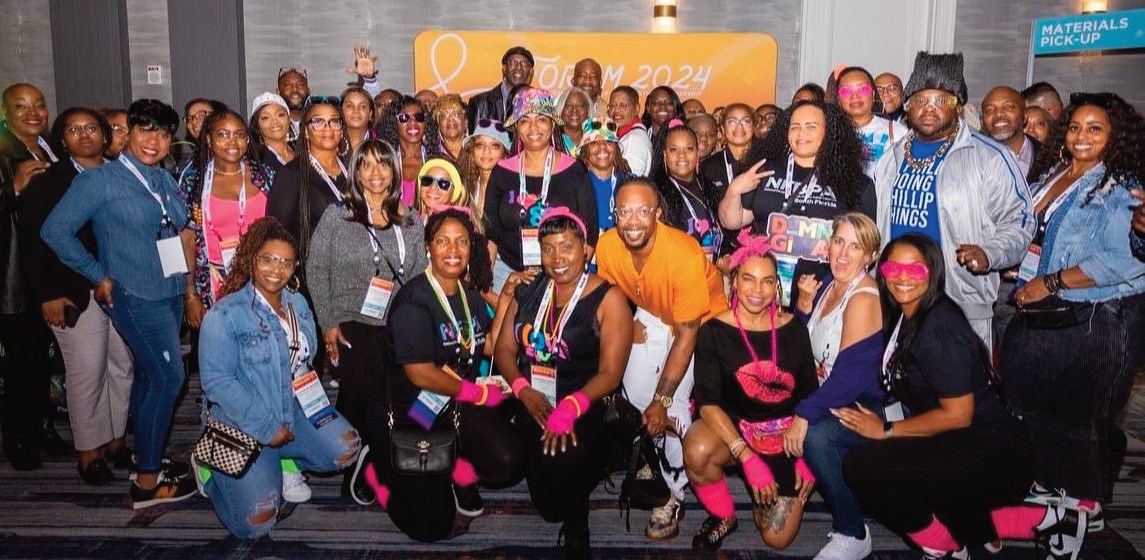
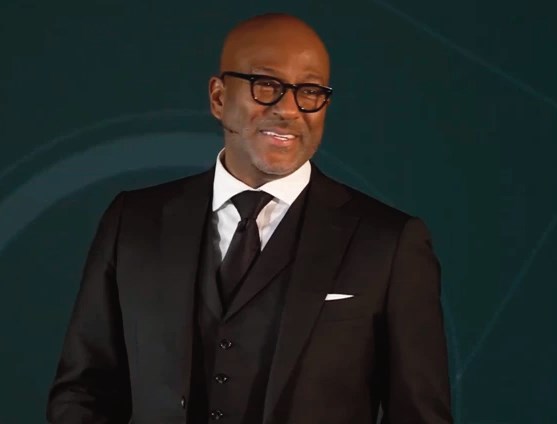


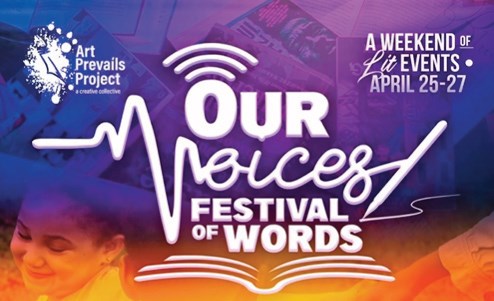
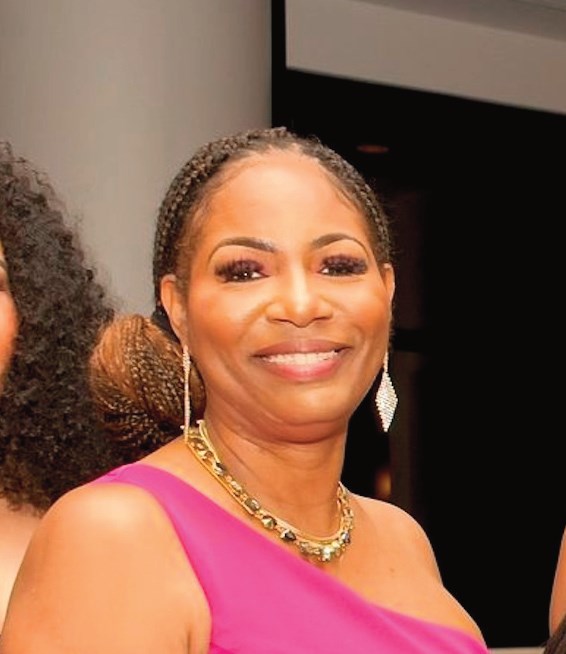
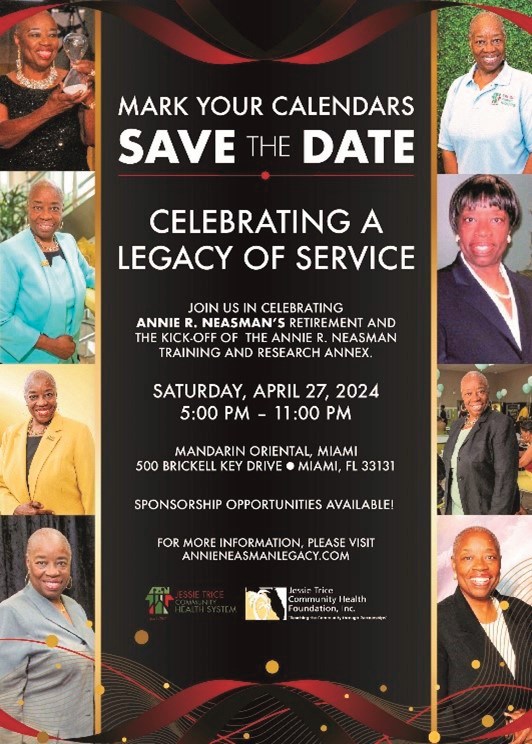
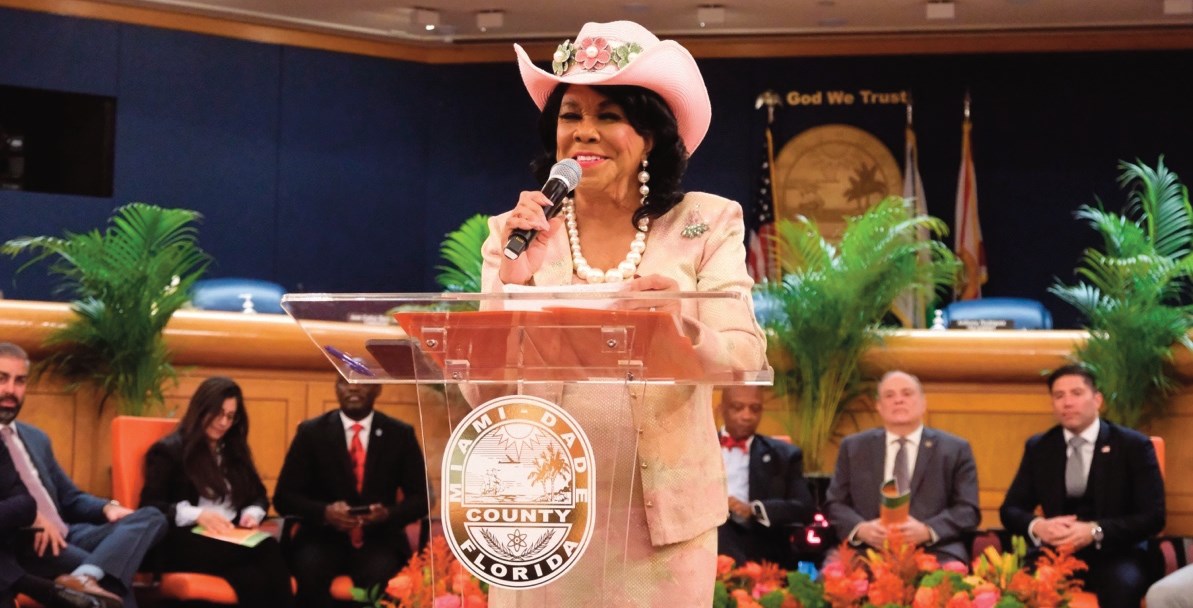



No Comment